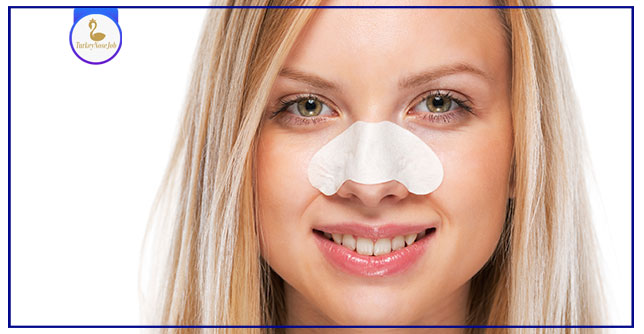Rhinoplasty, a surgical procedure aimed at altering the shape and structure of the nose, is one of the most commonly performed cosmetic surgeries worldwide. While it is generally considered safe, like any surgical procedure, rhinoplasty carries certain risks, including the potential for postoperative complications such as nasal infection. Nasal infection following rhinoplasty can lead to discomfort, delayed healing, and in rare cases, more serious complications. Understanding the causes, prevention strategies, and appropriate management of nasal infections in the post-rhinoplasty period is crucial for optimizing patient outcomes. This article reviews the incidence, risk factors, clinical presentation, diagnostic approach, and treatment options for nasal infections following rhinoplasty.
Keywords: rhinoplasty, nasal infection, postoperative complications, prevention, management
- Introduction Rhinoplasty, commonly referred to as nose reshaping or nose job, is a surgical procedure aimed at altering the size, shape, or structure of the nose to improve its appearance or function. While rhinoplasty is primarily performed for cosmetic reasons, it may also be indicated for functional purposes, such as correcting breathing difficulties or nasal deformities. Rhinoplasty can be performed using various techniques, including open rhinoplasty and closed rhinoplasty, depending on the specific goals of the surgery and the surgeon’s preference.
- Incidence and Risk Factors Nasal infection following rhinoplasty is a relatively uncommon complication, with reported incidence rates ranging from 1% to 5%. However, certain factors may increase the risk of developing a postoperative nasal infection. These risk factors include:
- Preexisting nasal infections or inflammation
- Smoking
- Diabetes mellitus
- Immunodeficiency disorders
- Poor surgical technique
- Inadequate postoperative care
- Nasal packing or splints
Exploring the World of Ultrasonic Rhinoplasty: Precision and Beauty
- Clinical Presentation Patients with nasal infections following rhinoplasty may present with symptoms such as:
- Nasal congestion
- Nasal discharge (clear or purulent)
- Nasal pain or tenderness
- Fever
- Malaise
- Foul odor from the nose
- Delayed wound healing
- Diagnosis The diagnosis of nasal infection following rhinoplasty is primarily based on clinical evaluation, including a detailed medical history and physical examination. Nasal endoscopy may be performed to visualize the nasal cavity and assess the extent of inflammation or infection. In some cases, imaging studies such as computed tomography (CT) scans may be necessary to evaluate the underlying nasal anatomy and identify any complicating factors.
- Prevention Prevention of nasal infections following rhinoplasty is multifactorial and involves careful preoperative assessment, meticulous surgical technique, and appropriate postoperative care. Key preventive measures include:
- Preoperative optimization of nasal hygiene
- Smoking cessation
- Control of underlying medical conditions
- Antibiotic prophylaxis
- Gentle handling of nasal tissues during surgery
- Avoidance of nasal packing or splints unless absolutely necessary
Targeted Transformation: Conditions Addressed by Rhinoplasty
- Management The management of nasal infections following rhinoplasty depends on the severity of the infection and the presence of any complicating factors. Mild cases of superficial infections may respond to conservative measures such as nasal irrigation, topical antibiotics, and oral antibiotics. In more severe cases or those associated with abscess formation or necrosis, surgical intervention such as drainage of the abscess or debridement of necrotic tissue may be necessary.
- Conclusion Nasal infection is a potential complication following rhinoplasty, although it is relatively uncommon. Understanding the risk factors, clinical presentation, diagnostic approach, and treatment options for nasal infections in the postoperative period is essential for achieving optimal outcomes. By implementing preventive strategies and promptly recognizing and managing infections, surgeons can minimize the risk of complications and ensure the safety and satisfaction of their patients undergoing rhinoplasty.
0 Comments